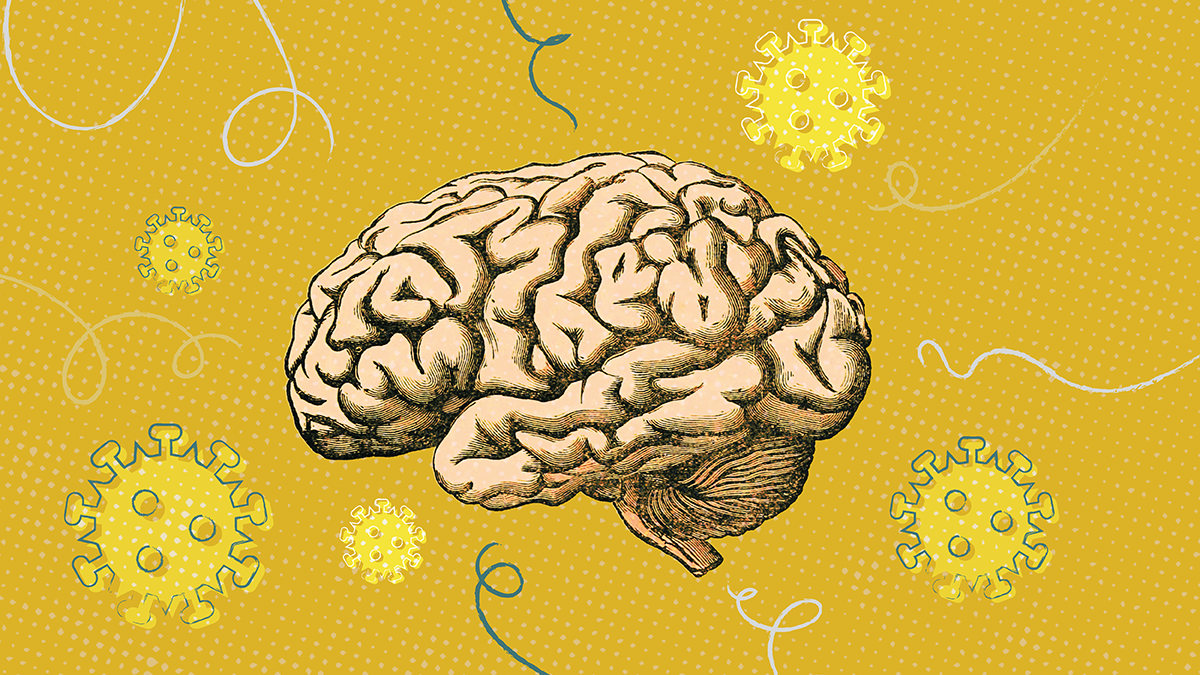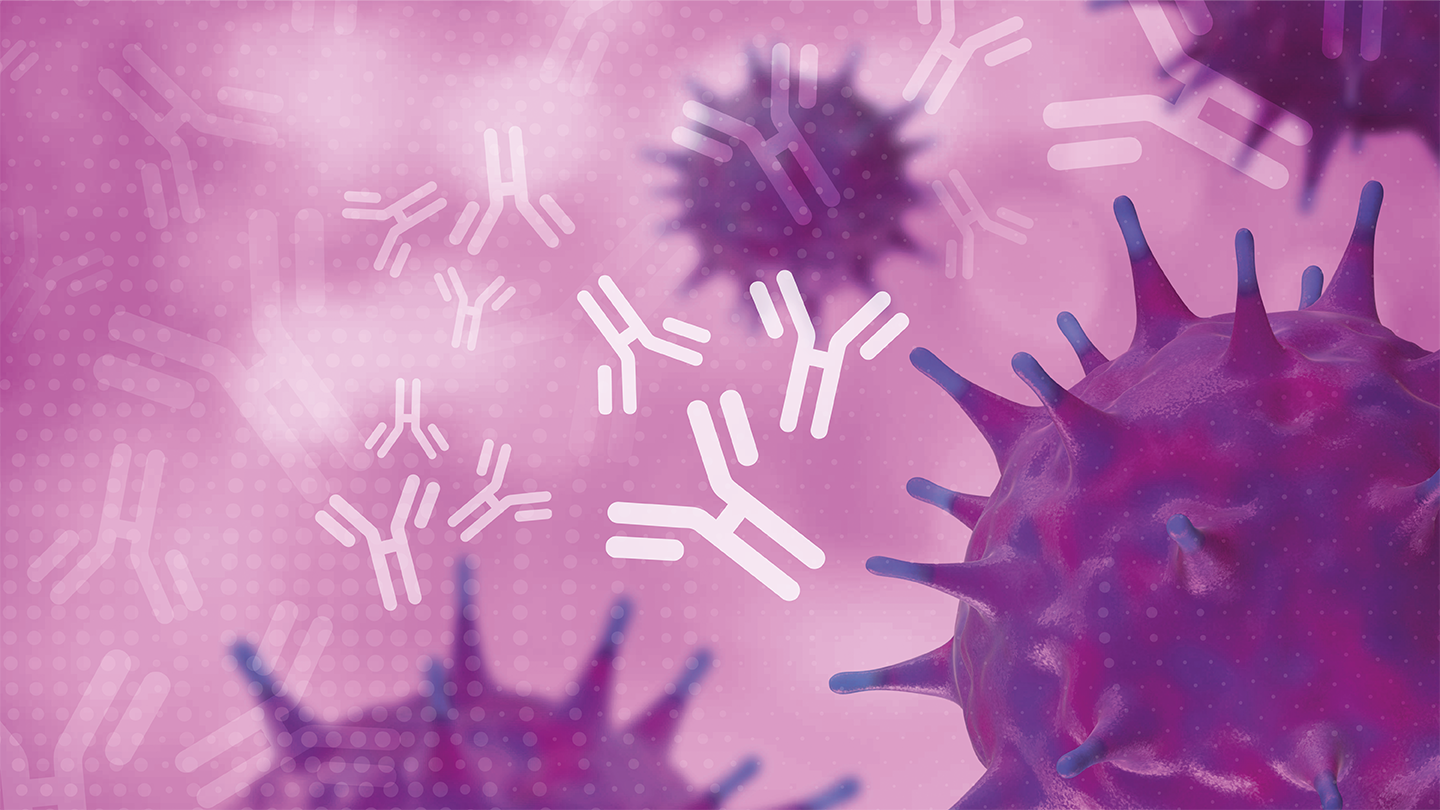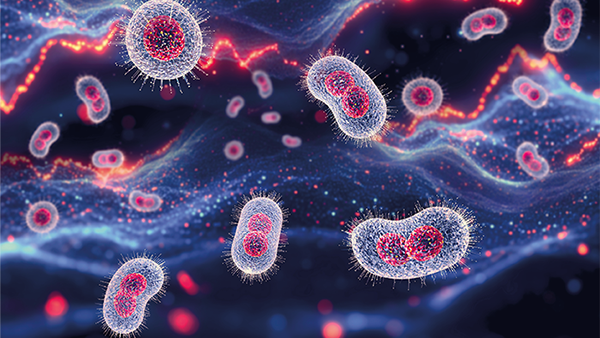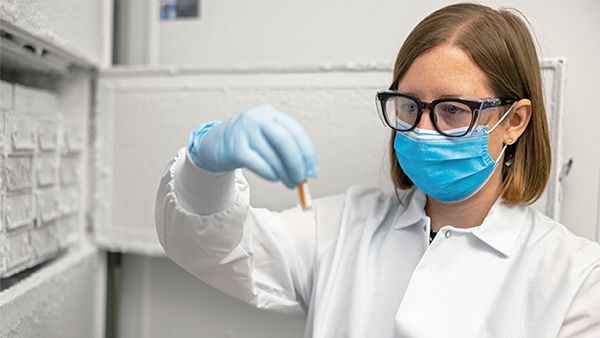Hide and Seek with HIV
Brain microglia have been found to harbor replication-competent HIV-1 and could serve as a HIV reservoir
If there is any chance of finding a cure for HIV, scientists need to know where the virus hides to evade the effects of antiretroviral therapy (ART). The brain is one potential hiding place, but our understanding of viral persistence in the human central nervous system (CNS) is currently limited; there are clear challenges obtaining brain tissue samples from living patients but relying on samples from those who have died can be complicated by unknowns, such as whether they were taking ART medication or if the virus was under control at the time of death.
In a new study, researchers have isolated brain myeloid cells from nonhuman primates and rapid autopsy of people with HIV (PWH) to study viral persistence in the brain. We caught up with lead researcher Yuyang Tang and senior author Guochun Jiang to find out more.
Why did you decide to explore brain microglia as a potential reservoir for HIV?
Previously, scientists mainly focused on studying HIV persistence and cure strategies in peripheral CD4+ T cells, which were considered the major HIV reservoir. But HIV DNA and RNA have been frequently found in postmortem fixed brain tissues from PWH during ART, indicating that HIV may persist in this site. If this is true, HIV may come back again after ART interruption, even though we have achieved eradication of HIV in peripheral CD4+ T cells. And that’s why we were inspired to study HIV persistence in deep tissues, such as the brain.
What did you find?
We discovered three major findings in our study: i) brain microglia harbor replication-competent HIV and serve as a true – and major – HIV reservoir in the human brain, ii) the microglia reservoir displays distinct features from the T cell reservoir, and iii) the technique to isolate, culture, and study human brain microglia provides us with a novel platform to deeply investigate the biology of this reservoir and test approaches to curing HIV in the future.
We also encountered a number of surprising aspects. First, we were only able to recover HIV from brain microglia, but not from the brain T cells because of their extremely low frequency. Second, latent HIV in the brain microglia is largely controlled by epigenetic regulation, which is different from what we see in T cells. For example, one of the potent HIV latency reversal agent in T cells – the PKC/NF-Kb agonist PEP005 – was barely active in disrupting latent HIV in the brain microglia, indicating that the cure strategy targeting T cell reservoirs may not work well for the brain microglia reservoir.
We should also add that the platform used to isolate and study brain microglia in our study will also be useful for studies of other neurological diseases, including Parkinson’s disease, Alzheimer’s disease, and even long COVID-associated neurological disorders.
In the paper, you mention that the brain-derived virus from microglia was macrophage-tropic. What does this mean – and how does it relate to the infectivity of the virus and its ability to establish a persistent reservoir?
Great question! Macrophage-tropic HIV can infect both tissue myeloid cells (for example, microglia in our study) and CD4+ T cells. Such viruses can establish persistent reservoirs in both cell types. For infectivity, macrophage-tropic HIV can infect CD4+ T cells more rapidly compared with its infection in microglia. Unlike macrophage-tropic HIV, T cell-tropic HIV can only infect CD4+ T cells to establish a T cell reservoir but not a myeloid viral reservoir.
What are the potential implications for developing novel cure strategies?
Two discoveries in particular are important for future development of HIV cure strategies in the CNS. We show that microglia can be isolated from the human brain, grow slowly, and then be re-infected by HIV ex vivo (the same goes for microglia isolated from HIV-negative donors), allowing us to overcome barriers to studying HIV reservoirs in the CNS and extensively study HIV infection, latency, and associated molecular mechanisms. Furthermore, our data support the notion that targeting epigenetic control of viral brain reservoirs will be a promising approach to eradicating latent HIV in the CNS.
What are the next steps for your research?
We plan to deeply study the cell biology of brain microglia and molecular mechanisms of HIV latency in human brain reservoirs, and develop and test new cure approaches ex vivo before translating the knowledge into helping PWH in future.
Finally, we’d like to add that we highly appreciate the participants enrolled in the “Last Gift” program at the University of California, San Diego. These invaluable tissue samples paved the way for the success of this study, which is essential for our understanding of HIV CNS reservoirs and future HIV cure approaches.
Reference
- Y Tang et al., “Brain microglia serve as a persistent HIV reservoir despite durable antiretroviral therapy,” J Clin Invest, 133, e167417 (2023). PMID: 37317962.





